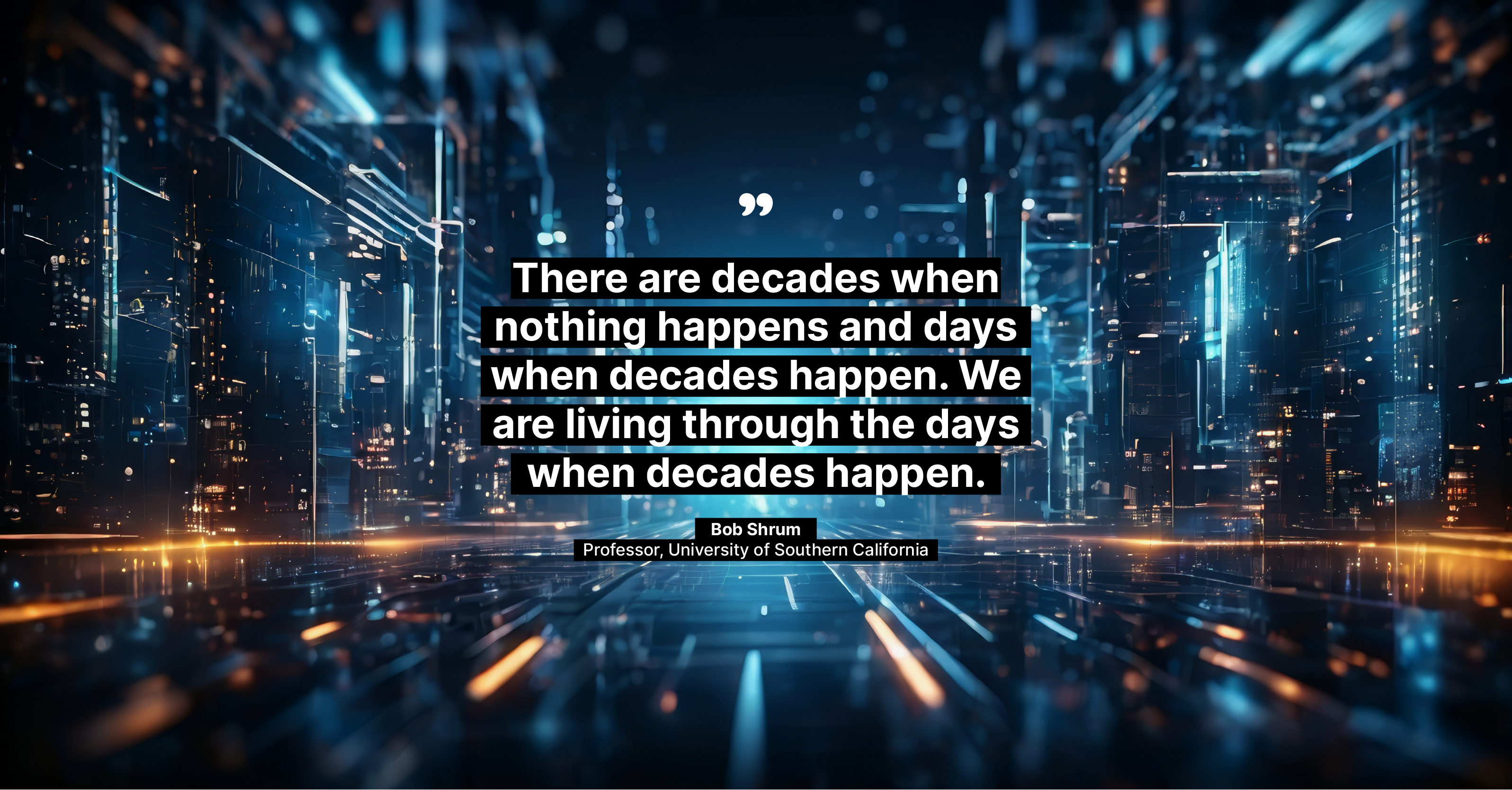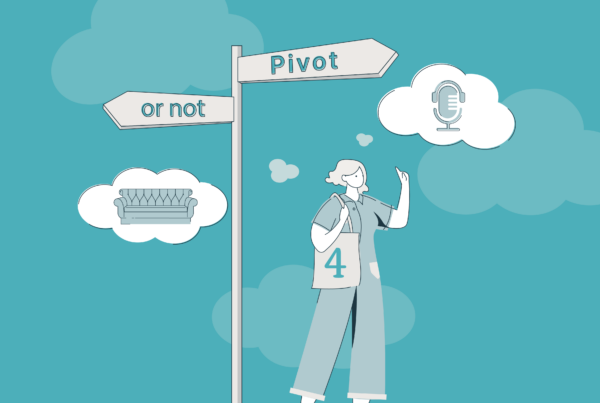Can you feel it? Change is in the air.
Bob Shrum, veteran of presidential campaigns and University of Southern California professor, recently said: “There are decades when nothing happens and days when decades happen. We are living through the days when decades happen.”
Okay, Bob’s talking about political change – something we’ve had our fair share of lately here. But as is often the case, with political shuffling, and change, comes corporate change.
For businesses, change can be hard, odd and unsettling – with the feeling that something is being lost. Yet change can also be glorious. And rather than losing something, change can be a means to finding a better way forward.
In that spirit, then, let’s take a peek at a handful of companies that have gone through profound periods of change and prospered.
Apple
When Steve ‘It’s more fun to be a pirate than join the Navy’ Jobs returned to Apple in 1997, the company was teetering along a financial tightrope.
Offering a bewildering mishmash of products and losing tens of millions of dollars a quarter, Jobs quickly laid off some 3000 staff and slashed the products offered by 70%. Such corporate swashbuckling saw Apple turn a $300 million profit the following year and, by 2014, Apple’s yearly profits topped $40 billion.
iPods and iPhones weren’t the first of their kind: MP3 players already existed and many of us were happily jabbing away at our mobile phones. Yet the changes that Jobs helped to bring in – streamlining practices, canny marketing, sleeker interfaces and aesthetics, – saw Apple frequently decorate the top of the ‘Biggest Companies In The World’ charts.
Nintendo
Founded in 1889 by Japanese craftsman Fusajiro Yamauchi, the company behind such cultural icons as Donkey Kong and Mario and Luigi began by producing playing cards.
Nintendo went on to try various avenues of diversification – selling rice, manufacturing chess and mahjong sets, offering a taxi service and, ahem, renting hotels by the hour – before releasing Japan’s first electronic toy, an optoelectronic pistol they called the Beam Gun, in 1970.
The following year they released a home video games console and from there began to develop arcade games, handheld video games and other technological delights. By 2022, the company had sold over 5.4 billion video games and 800 million hardware units.
Nokia
Established in south-west Finland by Fredrik Idestam in 1865, Nokia began its life as a paper mill.
A patchwork of products and services poured out of the company’s doors over the next century or so: they moved into electricity generation in 1902, made respirators for civilian and military use from the 1930s onwards, and manufactured millions of miles worth of rubber and cable.
Then, blowers. In the 1960s Nokia made radio phones for the military, created their first car phone in 1982 and, in 1987, came out with a hefty 700g handheld mobile. Early forays into the market paid off. From 1998-2008 Nokia was the biggest worldwide seller of mobile phones – meaning at its peak, the company contributed 4% of Finland’s GDP and 21% of all the country’s exports (until it was usurped by Apple – see above!).
Play-Doh
The Play-Doh modelling compound had rather humble beginnings.
Far from the squidgy plaything keeping kids entertained for hours, it started life as a cleaner used to remove coal and soot residue from wallpaper. As in-the-home coal consumption began to fall in the 1950s – taken over by oil and gas – sales plummeted.
Thankfully for them, the owners of Play-Doh got wind of a Cincinnati school teacher using the product in her pupil’s craft classes, and turned the company’s fortunes around. After some investigation, and a pivot, Play-Doh was reinvented for kids and over two billion brightly coloured pots of the stuff have since been sold.
YouTube
Familiar with the slogan, ‘Tune in, Hook up’? Chances are, you’re not.
But YouTube co-founder Jawed Karim has revealed that this was floated as the tagline to accompany the launch of YouTube – initially conceived as a video dating site. The founders even went as far as offering $20 a pop on Craigslist to women to upload videos of themselves. The plan flopped. With no takers, they decided to allow uploads to anyone wishing to share any kind of video.
The first video debuted in April 2005. Uploaded by Karim himself, it featured 19 seconds of elephants at San Diego Zoo. Other videos soon began to roll in and the rest – including a $1.65 billion acquisition by Google in 2006 and 500 hours of video now being uploaded every minute – is history.

So, as you can see, change can be transformative. Yet it doesn’t come without its pitfalls. Indeed, 70% of all change programmes fail. This can come down to a cocktail of things but in the mix will often be poor communication, skewiff strategy and planning, or not understanding human behaviour.
The good news? We can help with all of these things – in fact, we’d be delighted to.
Feel free to get in touch with our team for a friendly chat.




